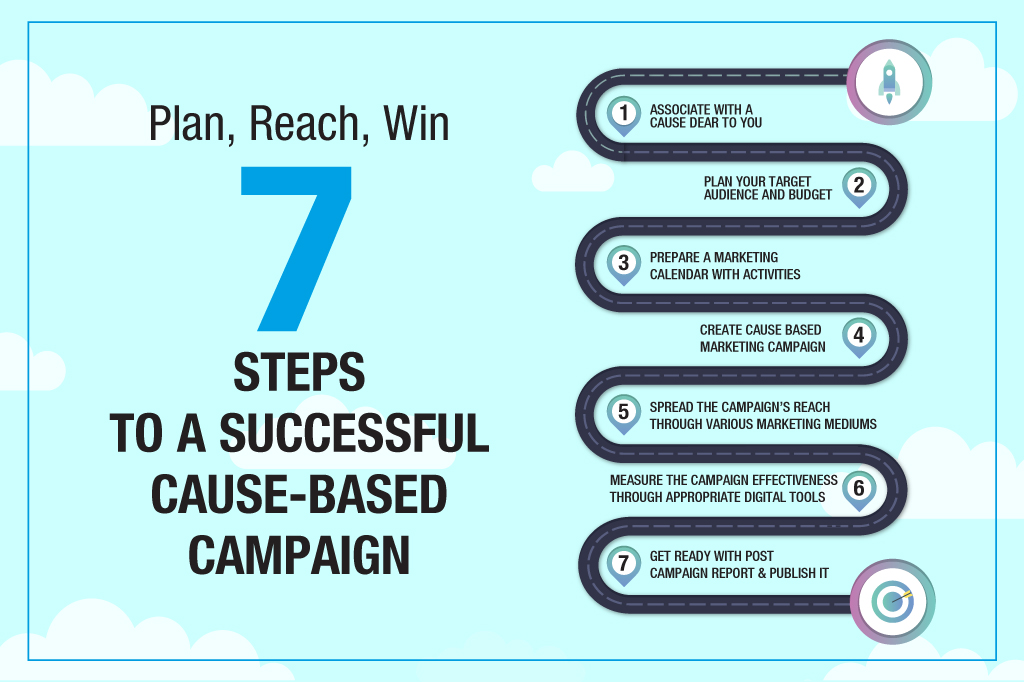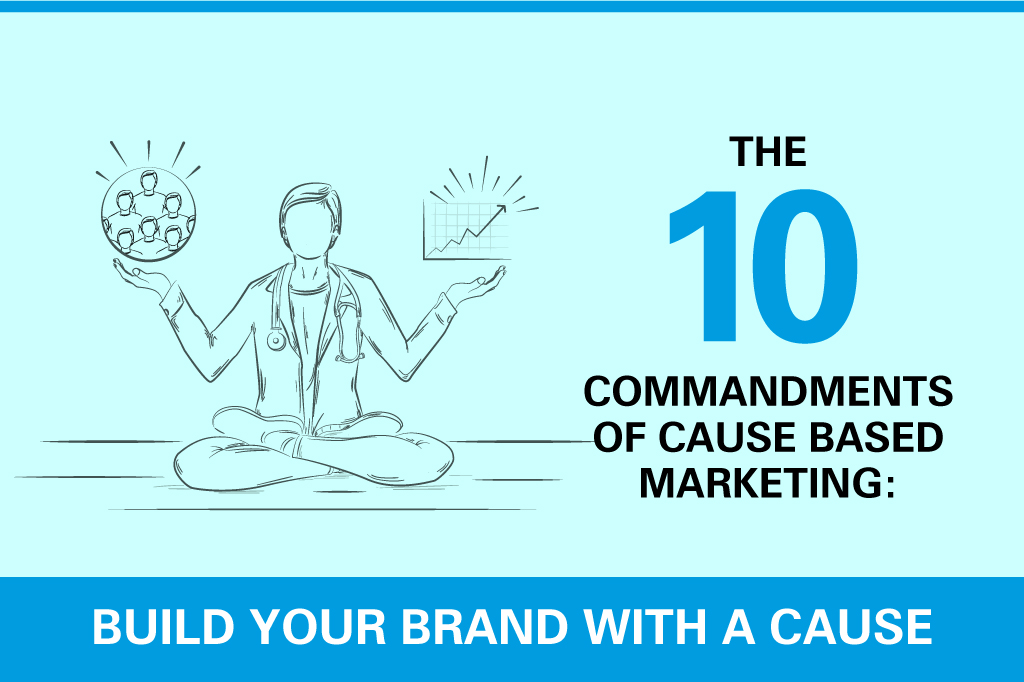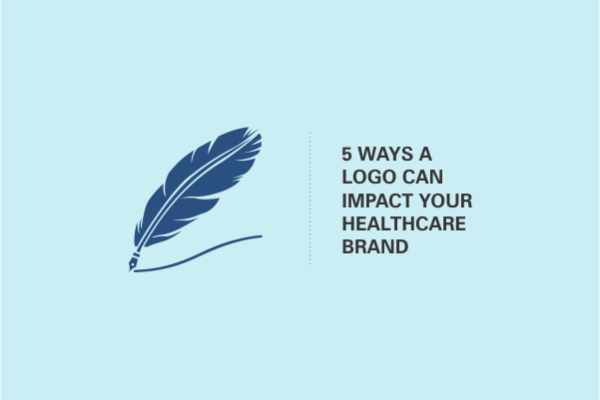
Mohammed Ilias
Mohammed Ilias, Founder & Brand Strategist at BCC Healthcare, is an international healthcare branding and marketing strategist and an ethical marketer, with a presence in India & UAE. He has authored the Amazon bestseller “Ethical Hospital Branding & Marketing: 15 Proven Strategies”. With a decade of experience in the healthcare industry, he has trained 2000+ doctors on Ethical Marketing and has worked with over 200+ healthcare brands.


















